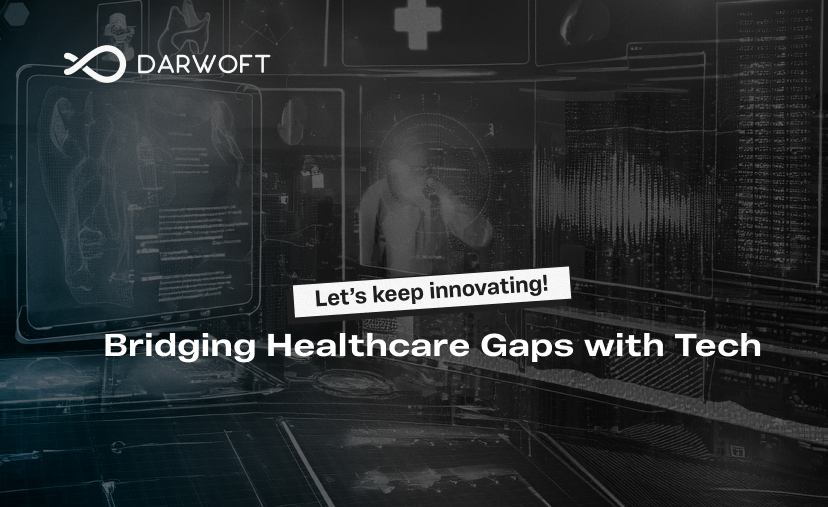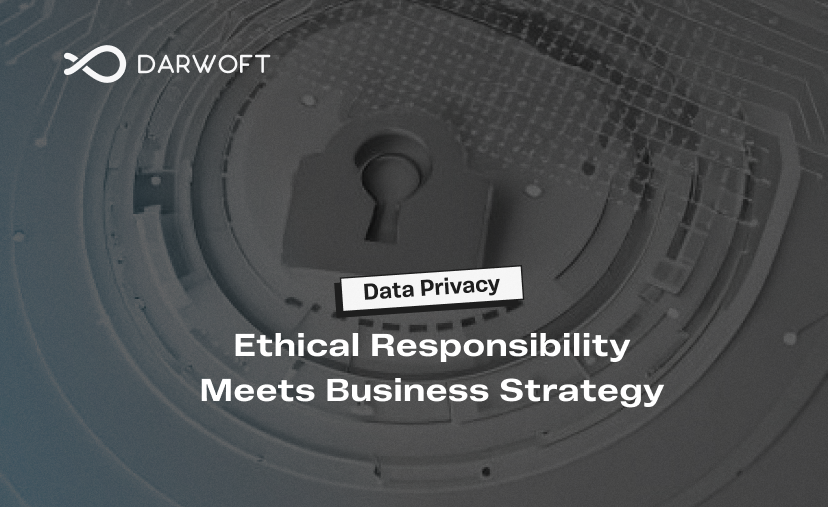Healthcare remains a cornerstone of human well-being globally. Life expectancy has increased significantly, largely due to advancements in medicine, pharmaceuticals, and healthcare systems that better support growing populations.
While expanding healthcare capacity is a time-intensive process, technology offers a powerful solution for optimizing the use of current resources. Insights from Economist Impact reveal that technology is a key driver in enhancing efficiency across healthcare systems, from administrative functions to clinical decision-making.
Driving Efficiency and Innovation in Healthcare
Technology is transforming healthcare operations, particularly in administrative and clinical areas. Practice Management Software, for instance, automates scheduling, billing, and other administrative tasks, reducing manual workloads and enabling staff to prioritize patient care. Clinical Decision Support Systems (CDSS) utilize data analytics to provide evidence-based recommendations, which enhance decision-making and reduce errors in diagnosis and treatment. Meanwhile, Big Data Analytics empowers healthcare providers to analyze extensive datasets, identify trends, predict patient outcomes, and optimize treatment protocols, ultimately improving resource allocation and patient management.
Simple technological solutions like digital appointment scheduling systems can also make a significant impact by improving patient flow, reducing waiting times, enhancing service quality, and lowering the risk of cross-infection in high-volume healthcare facilities.
Finally, it is also important to mention that Electronic Health Records (EHR) systems are quite useful for several reasons:
- Improved Accuracy: EHRs reduce errors related to handwritten notes and transcription. They ensure that patient data is accurately recorded and easily readable.
Accessibility: EHRs allow healthcare providers to access patient information quickly and from different locations. This is particularly beneficial in emergencies or when patients visit multiple healthcare providers.
Data Tracking and Analytics: EHRs allow for the collection and analysis of large amounts of health data, which can be used to identify trends, improve care, and support research.
Patient Engagement: Many EHR systems include patient portals where individuals can access their health information, schedule appointments, and communicate with their healthcare providers, promoting greater engagement in their care.
Regulatory Compliance: EHR systems help healthcare organizations comply with regulations and standards, including those related to privacy and data security, like HIPAA in the U.S.
Overall, EHRs are designed to improve the quality and efficiency of healthcare delivery while enhancing patient safety and engagement.
Enhancing Access and Equity in Healthcare
Technology also plays a crucial role in making healthcare more inclusive and equitable, particularly in regions with large populations and high healthcare costs. Telemedicine, for example, breaks down geographical barriers, allowing patients to consult with doctors regardless of location.
Furthermore, technology can help countries achieve health-related Sustainable Development Goals (SDGs) by 2030 by attracting investments to close funding gaps. With scalable and commercially viable models, technology presents an attractive option for social investors seeking to maximize impact with potential financial returns.
The primary challenge lies in developing scalable, replicable solutions that can be adapted across various contexts. At Darwoft, we specialize in designing, developing, and implementing customized software solutions that address these challenges, empowering healthcare providers to deliver better care through innovative technology.





